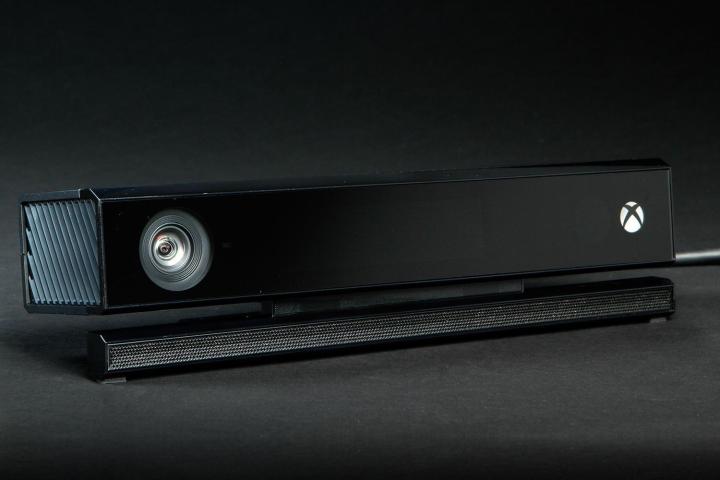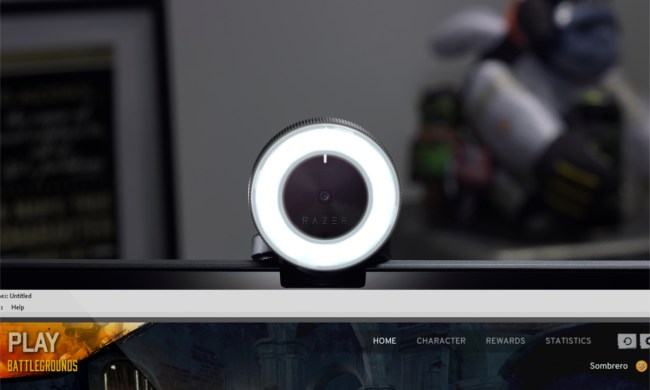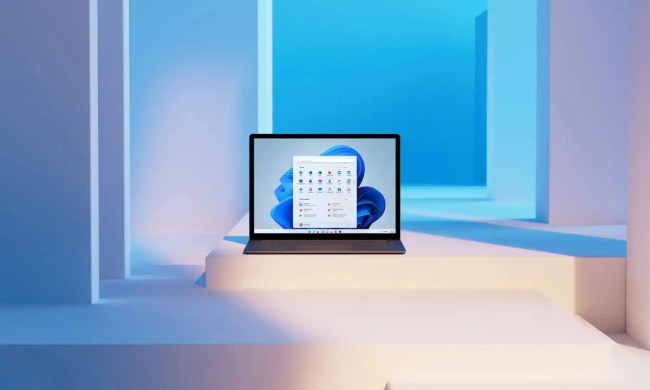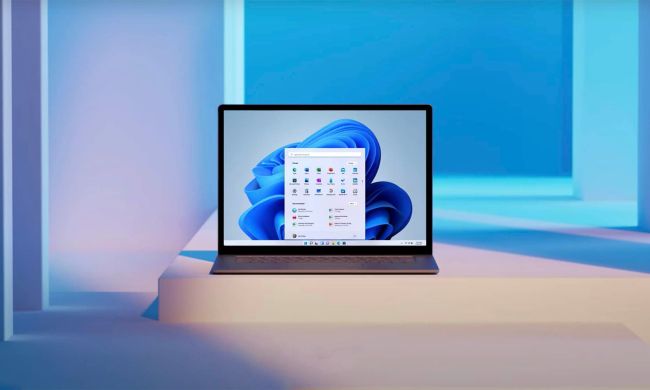
First and foremost, Microsoft has made available code used in a previous demonstration by way of Github as part of the Windows universal samples. This allows users to take advantage of Windows.Media.Capture.Frames APIs “to enumerate the Kinect sensor’s RGB/IR/depth cameras and then use MediaFrameReader to stream frames,” Microsoft said.
Secondly, Microsoft announced the enablement of the Kinect driver on Windows Update, which you can check out by going to the Device Manager and updating your Kinect’s driver. “In addition to enabling the new UWP APIs described above, the new driver also lets you use the Kinect color camera as a normal webcam,” the tech company noted. “This means that apps which use a webcam, such as Skype, can now employ the Kinect sensor as their source.” Moreover, the Kinect sensor can also be used with Windows Hello for facial recognition authentication.
Microsoft also noted that the Xbox summary update allows for the aforementioned Kinect features through Windows.Media.Capture.Frames for UWP apps. That means that apps employing the Kinect sensor’s RGB, infrared, and/or depth cameras will use the same code when running on Xbox, and similarly, that your Xbox can also use the Kinect RGB camera for all webcam purposes.
Microsoft encourages users to “explore both the demo code and download the new driver.” And if you have any feedback, of course, the firm would love to hear it. If you have any questions, technical or otherwise, Windows invites you to join the conversation on the Kinect for Windows v2 SDK forum.
So happy exploring, friends. There’s a lot of new stuff to love about the updated Kinect.


